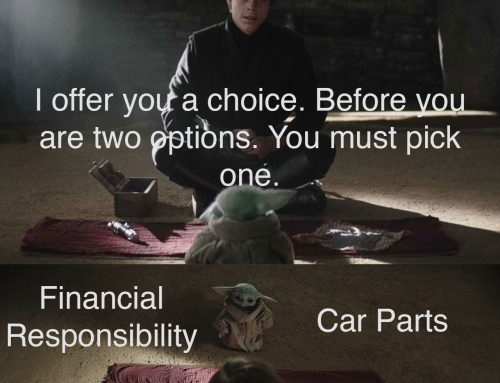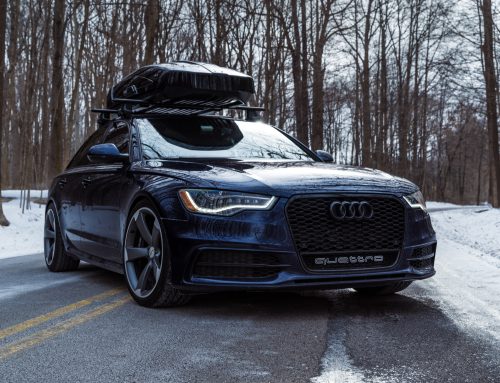Show season is rapidly approaching as the weather warms up. We’re all itching to get behind the wheel, drive our favorite roads, and enjoy our cars after the winter hibernation comes to an end. Today, we’re outlining what you need to do for preparation with your car before it’s ready to last the season. Whether you’ve driven your fun car all winter or are just pulling it out of storage, now is the perfect time to tackle some services that will ensure that you spend as much time behind the wheel this summer as possible. Let’s look at some of the maintenance your car likely needs to be a clean slate for any driving or modifications you plan on this season.
Oil Service:
Ok, this is a cop-out. We’re not going to insult your intelligence here and claim we’re the first people to advise you to change your oil on a regular schedule, that’s just common sense. However, you might not know how to get the most out of your oil service and how to maximize the life and health of your engine. That’s where we come in, with a little help from the experts over at LIQUI MOLY.
Chances are, you have seen additive products and engine flushes. If you know how they work and when/how to use them, excellent. If you don’t, pay close attention! LIQUI MOLY has three products in particular that will help your engine perform to its highest potential and also ensure it lives healthily through its operational lifespan.
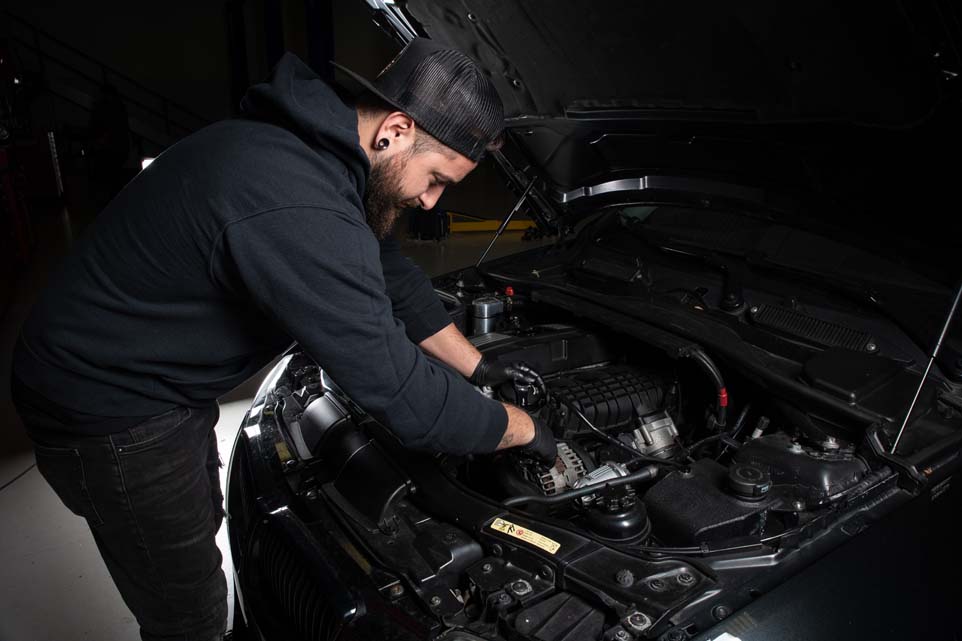
Pro-Line Engine Flush:
Over time, the byproducts of combustion build up in your engine, even with regular oil service. It is important to clear out that soot and carbon to return your engine’s performance to where it should be. The only way to effectively do that, without disassembling your engine and cleaning it by hand, is to add Pro-Line Engine Flush to your old oil before you change it, let it idle for 10 minutes at operating temperature, and then drain all the oil and flush as you would normally for an oil change. Pro-Line Engine Flush will clean the majority of buildup, soot, carbon, etc. from your engine, which will all drain with your old oil, leaving your engine incredibly clean. This flush will help increase your engine’s efficiency which means better fuel economy, better lubrication, and better performance.
CeraTec:
Once you’ve flushed your engine, it’s time for your new oil and oil filter. We recommend Liechtlauf oil in the specified weight for your car, as it meets and/or exceeds manufacturer standards for what your engine requires, and a Hengst filter. With that new oil after the flush, LIQUI MOLY suggests you include an anti-friction agent. For your first addition, that is CeraTec. This ceramic protective additive ‘smooths out’ the microscopic peaks and valleys that metal surfaces have. CeraTec reduces wear and friction by creating a coating that supplements the lubrication properties of synthetic oil. Think of it like washing your car and then waxing it. You’ve already cleaned it, but wax helps keep it clean and makes the paint shine. Engine oil and CeraTec have a similar relationship. Synthetic oil provides the lubrication, cleaning, and cooling while CeraTec helps it do its job more effectively and maximizes the efficiency of your engine through further friction reduction while also preventing against normal wear.
MoS2:
On your next oil service, LIQUI MOLY suggests replacing CeraTec with MoS2. It performs the same function but has a key difference to CeraTec. CeraTec will remain in your engine for roughly 50K miles, even after multiple oil services. MoS2 is only good for the life of the engine oil and does not leave a coating on metal surfaces as CeraTec does. So, for the next service, use MoS2 instead of CeraTec. Keep that alternation between the two additives going for every other oil service and you will have a happy, healthy, efficient, and long-lived engine.
Checkup:
After your oil service, before you set your car back on the ground, you should check for any leaks. Now is a great time to see if you need any gaskets, seals, or hoses. Check for anything that may have sprung up from either sitting all winter or enduring harsh weather. It would be better to spot it now than later!
Ignition:

With the oil service and spot-check completed, it might be time for spark plugs and coils. You should check your manufacturer’s suggested service interval for spark plugs and coils. If you’re close to that mileage, usually about 60k miles, why not just get ahead of it? Start fresh. Spark plugs are easy enough to change and you can make a quick upgrade with some better coil packs. This is especially helpful for turbocharged engines since upgraded coil packs provide more consistent spark under high boost. If you know you’ll be pushing more power, now would be a good time to upgrade. Our Assembled By ECS Ignition Service Kits have everything you need to tackle that maintenance.
Cooling System:

If you don’t remember the last time you flushed your coolant and checked your hoses, radiator, thermostat, and water pump, it might be time to refresh the system. Of course, if you’re nowhere near your recommended interval and don’t have any symptoms of leaking or failing parts, this isn’t necessary. But if you’re trying to remember when the last time you serviced the cooling system was, chances are, it’s time. Our Assembled By ECS cooling system refresh kits have everything you need to restore your cooling system and start fresh this summer with an engine that keeps its cool.
Brakes/Brake Fluid:
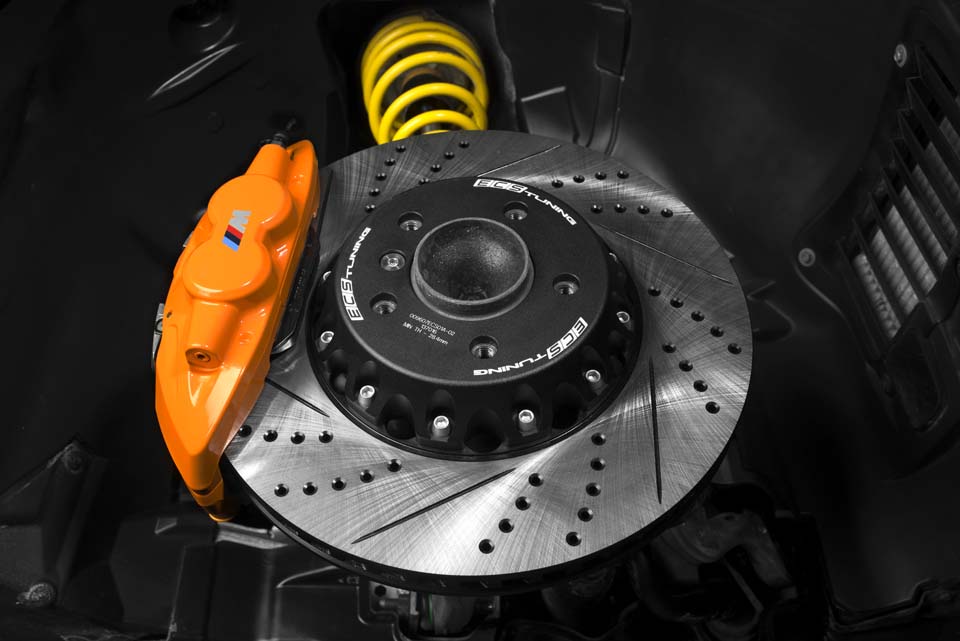
The same thing goes for your brake system. You can visually inspect your pads, rotors, and lines while performing your oil service. If they’re looking a little worn down, grab an Assembled By ECS brake service kit. More importantly, though, you should flush your brake fluid system. Brake fluid absorbs water over time and should ideally be changed every two years or so. As your brake fluid ages and absorbs water, the boiling point of your fluid lowers and your brake functionality suffers. When fluid boils, it vaporizes. Vapor compresses, unlike liquid, which results in a spongy pedal feel and ultimately can mean no brake pressure. Obviously, that’s bad. Flush your brake fluid and ensure you have nothing to worry about in the event of a quick stop. If you don’t have any friends you can recruit to help you bleed your brakes, pick up a Schwaben Brake Bleeder Kit that lets you do it by yourself quite easily. You can read more about the brake bleeding procedure on our blog.
Inspection:
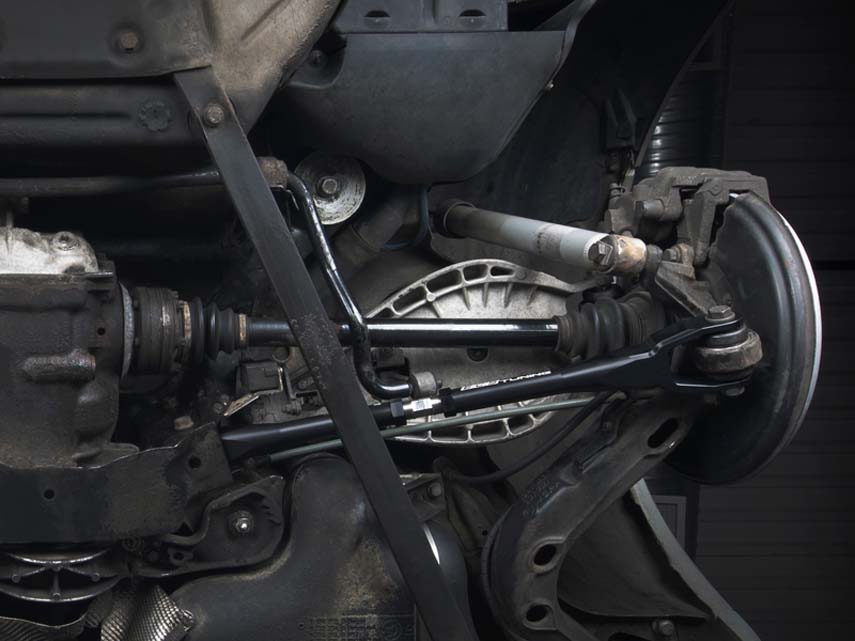
Lastly, give everything a once-over while your car is off the ground. Check your wheel bearings by trying to wobble each wheel from side to side. Inspect your CV boots, ball joints, tie rod ends, and bushings for wear, tearing, cracking, or failure. We have Assembled By ECS suspension refresh kits that have everything you need in one box to replace it all at the same time if you find a few components are looking tired.
Test Drive:
When you have completed everything, checked fluid levels, bled systems, and replaced anything worn or broken, your next drive must be a test run. I like to drive around my neighborhood for five or ten minutes to feel and listen for anything I may have missed or installed incorrectly. It’s hard to be your own editor and keep track of every nut, bolt, screw, or whatever. The test drive will let you know if something is amiss. Staying close to your home or shop is critical since, worst case, you don’t have far to walk if you have to leave the car for whatever reason. That short walk sure beats being late for work because you had to stop on your commute after forgetting to tighten something down!
With all that finished, you should have a nice blank slate to start the season. Now you’re ready to throw more performance upgrades at your car with the confidence that you won’t do any harm to your engine or other systems. Now go out and start wrenching so you can enjoy your car all summer rather than taking up precious time doing maintenance instead of driving.


